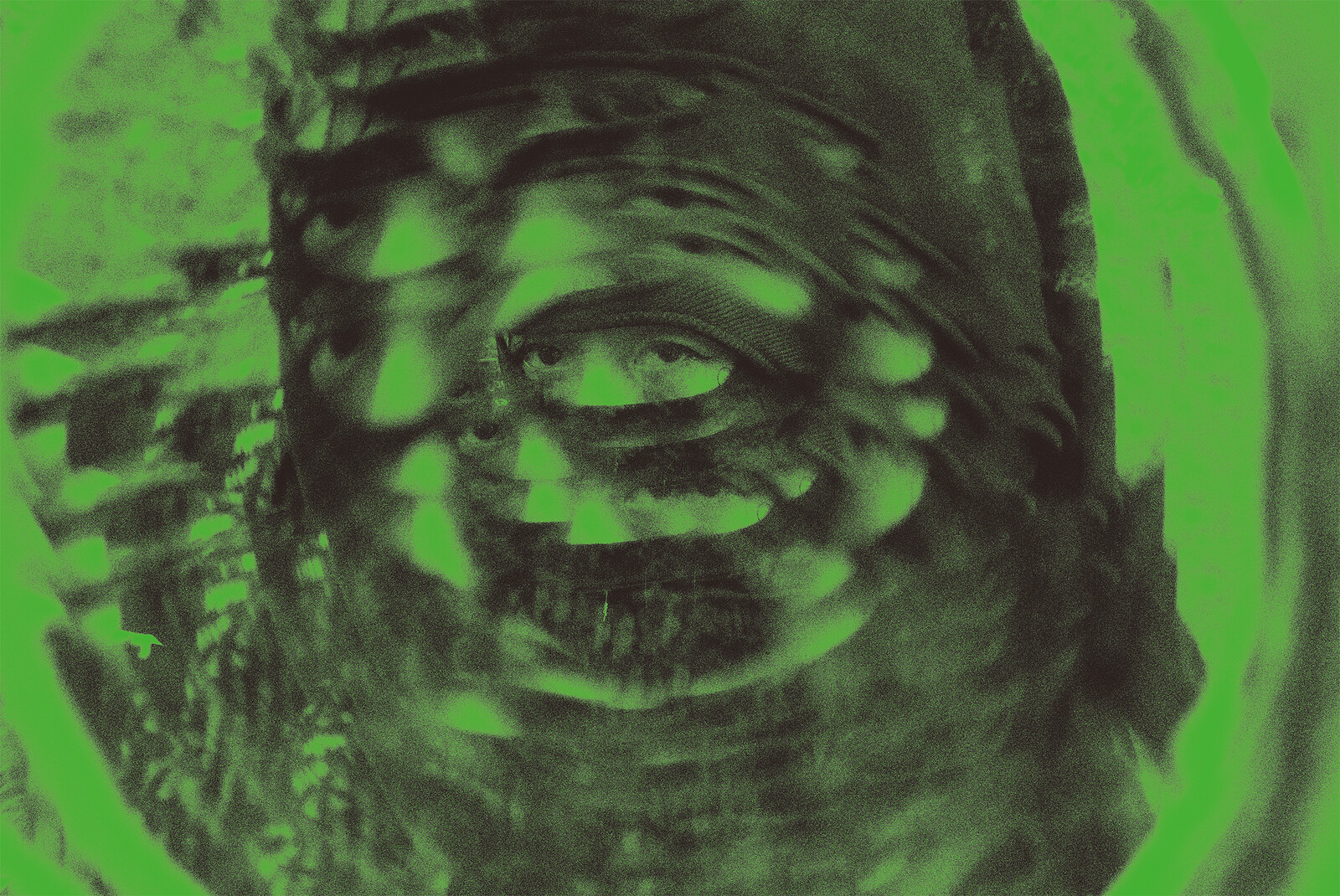Dream Screen
September 5–December 29, 2024
60-16, Itaewon-ro, 55-gil, Yongsan-gu
140-893 Seoul
South Korea
T +82 2 2014 6900
Participating artists: Yun Choi, Sunpil Don, Dahwan Ghim, Priscilla Jeong, Kang Jungsuck, Heecheon Kim, Muyeong Kim, Jihyun Jung, Kolown, Eunsae Lee, Li Yi-Fan, Soe Yu Nwe, Syeyoung Park, Part-time Suite, Riar Rizaldi, Kornkarn Rungsawang, Hansol Ryu, Sparkling Tap Water, Kamonlak Sukchai, Sundialll, Fuyuhiko Takata, Arlette Quynh-Anh Tran, Bo Wang, Vivien Zhang, He Zike, Stella Zhong
Leeum Museum of Art proudly presents 2024 Art Spectrum Dream Screen, bringing together works by 26 Asian artists in the Millennial and post-Millennial generations to navigate the generation’s facilitated perception of the body from experiencing the world mediated through screens. Inaugurated in 2001, Art Spectrum is a biannual programme that supports Korean emerging artists. This iteration of Art Spectrum in 2024 continues its support, yet attempts to make a transition in line with the current global contemporary art scene. 2024 Art Spectrum invites Thai artist Rirkrit Tiravanija as artistic director to co-curate the exhibition with Hyo Gyoung Jeon (Curator, Leeum Museum of Art) and Jiwon Yu (Guest Curator) to explore the pending issues and experimental forms of exhibition in contemporary art. The exhibition brings together 26 artists/teams from 11 countries, including Korea along with China, Indonesia, Japan, Myanmar, Philippines, Taiwan, Thailand, Turkey, the United States, and Vietnam, to present sixty artworks–twenty-three of them commissioned works premiering in this exhibition.
Furthermore, 2024 Art Spectrum Dream Screen departs from the idea that artists in the Millennial and post-Millennial generations have come to perceive the physical world differently in an era where experiences mediated through screens—the internet, games, films—are taken for granted. Korea’s first “PC Bang” (the internet café) appeared in 1998, and around the same time, families began purchasing computers for educational purposes. By the 2000s, household computers and the internet had become increasingly commonplace around the world. The generations that grew up in this environment spent more and more of their time in front of screens during their formative years, and in the process, they came to experience the world in a clearly different way from past generations. As people accustomed to seeing themselves on screens, they have taken on different points of origin in perceiving their own physical and social situations outside of them. For some, the gap between the on- and off-screen realities has grown uncontrollably; for others, they have more or less fused, rendering any distinction unnecessary.
In such cases, perceptions of spatiality and temporality are often skewed, and this experience of distortion may come across not merely as unsettling but as horrifying. The exhibition Dream Screen joins artists from the Millennial and Post-Millennial generations in exploring reality through the lens of “horror” associated with facilitated perceptions. Such horror may not be founded or developed along logical lines; they may have no basis in experience. The participating artists work through the reverberations from the past and imagination for the future that arise when the foundation of existence is distorted—employing them as a creative motivation or device or as an avenue for liberation.
As a reflection of this, the exhibition adopts the structural motif of the notoriously “haunted” Winchester House. Built in the late 19th century, this house in the US city of San Jose was designed by the matriarch of the Winchester family—which had earned its wealth through firearms—with an intricate and unpredictable structure so that the spirits of those who died by those weapons would not haunt it. Inspired by the complex structure of this piece of architecture, a house is built across the Leeum Museum of Art’s Black Box and Ground Gallery, with a courtyard, entrance, hallways, living room, and around 20 other independent rooms. Presenting diverse artistic practices in room after room through intricate pathways, this exhibition allows a focused setting for the individual works. The path through this structure is like finding one’s way through a maze—a reflection of the loss of direction and sense of isolation of this generation, as well as an opportunity for the viewers to navigate across a myriad of artwork.
“Dream screen” is a coinage that refers to fantastical effects and afterimages that appear behind the screen. Taking this term for its title, the exhibition alludes to the possibility for our perceptions of the world in and outside the screen to become our reality. In their various strands of artistic practice, the participating artists each share their own narratives, using screen-mediated experiences and fragmented afterimages as their sources. Presenting their stories individually yet together, the exhibition allows a glimpse of the varying time(s) and space(s) that their practices embody.
In the occasion of Dream Screen is scheduled a series of talks with the curators and participating artists, two musical sessions with Sundialll, Rắn Cạp Đuôi, Okkyung Lee and Senyawa and a screening program of Asian Horror Film, “Urban Legend,” co-organized by Korean Film Archive and the Leeum Museum of Art. Further information will be available on the website.
The exhibition is generously supported by KB Financial Group.
Artistic Director: Rirkrit Tiravanija
Curators: Hyo Gyoung Jeon (Curator, Leeum Museum of Art), Jiwon Yu (Guest Curator)
Press inquiries: Miso Han (Communication Team, miso.han [at] samsung.com)


